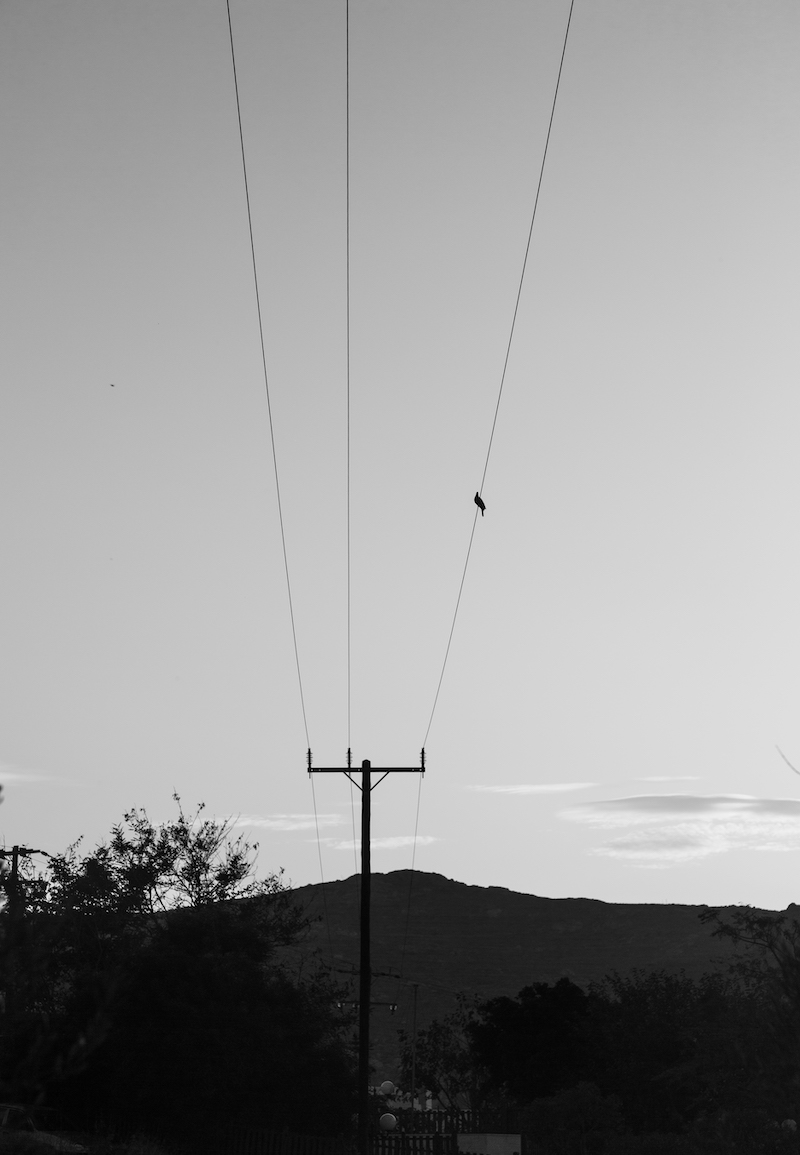The sun was setting over the hills beyond the small farming village of Eggares as we pulled up behind Nikoletta’s car in front of the charming white-washed building that houses the 19th-century Eggares Olive Press museum.
This small stone space with its traditional olive press has been in Nikoletta Lianos’s family for five generations and was lovingly restored by her not long ago with the help of civil engineer Yiannis Protonotarios. She wanted to share their cultural heritage and the area’s rich agricultural history, which includes the more traditional methods of olive oil production. Visitors are also invited to experience some famous Greek hospitality through tastings of local olive oil, jams, olive bread, cakes and other goodies the oil has been used to make.


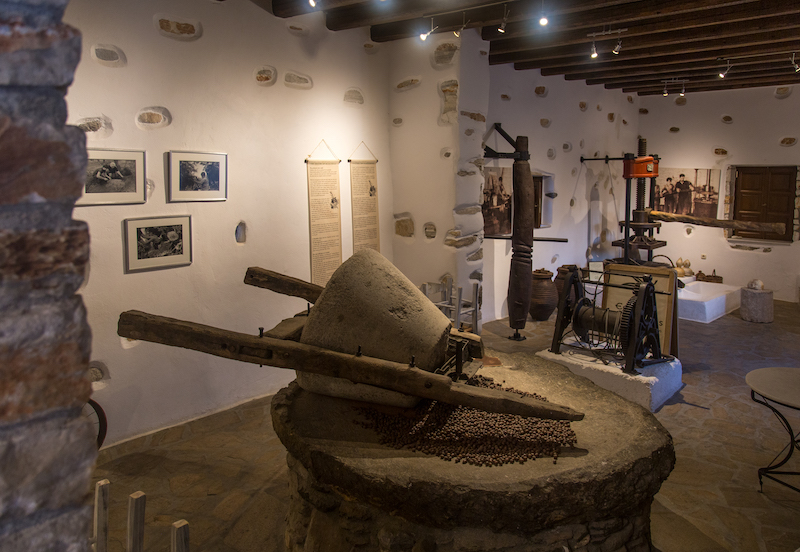
The museum was technically already closed for the day, but, as a friend of my parents who also runs the hotel where we were staying (Hotel Grotta), Nikoletta was kind enough to drive over with us, open the doors and show us around. Another couple happened along at the same time, so she invited them in as well to listen as she enthusiastically shared her knowledge of olive oil and its long local history and production.
Inside, black and white photographs framed on the walls offer visual insight, showing the local people who once used the press. It dates back to 1884 making it one of the oldest traditional olive mills that remain in Naxos. There are rustic tools and trinkets previously used in the space dotted about and of course the bigger equipment.
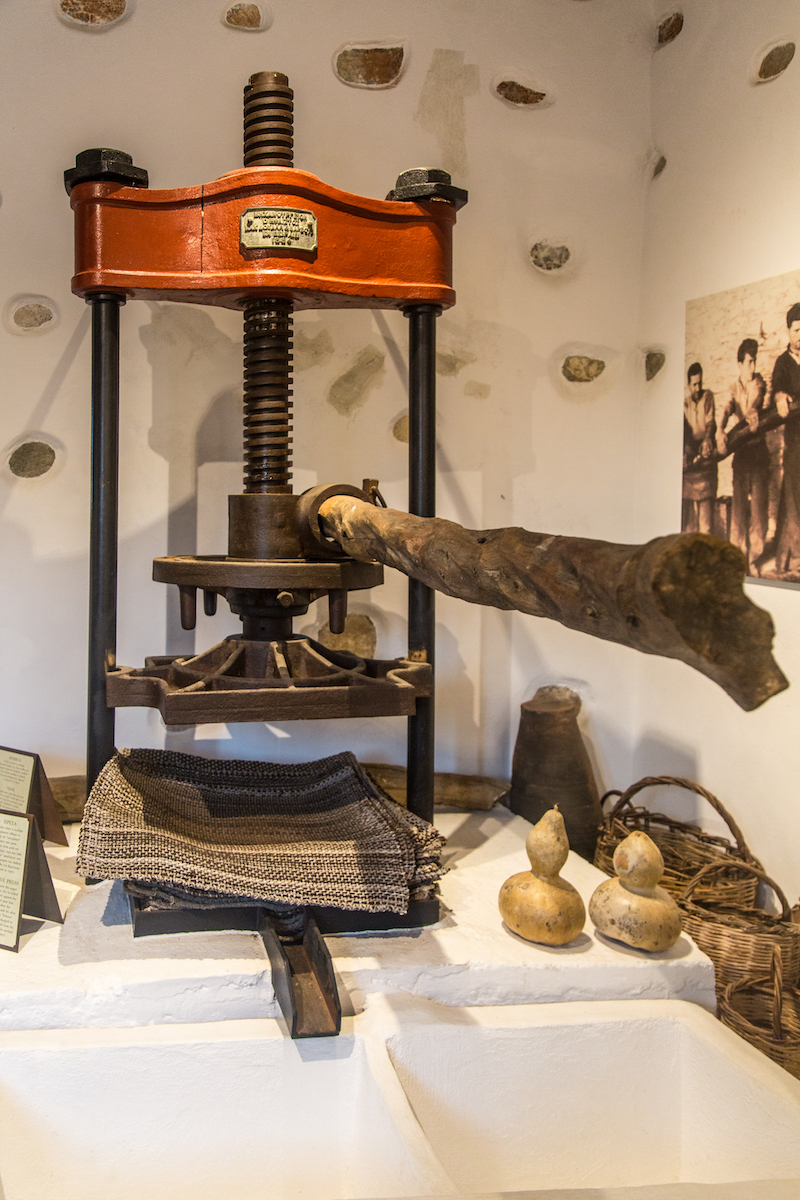

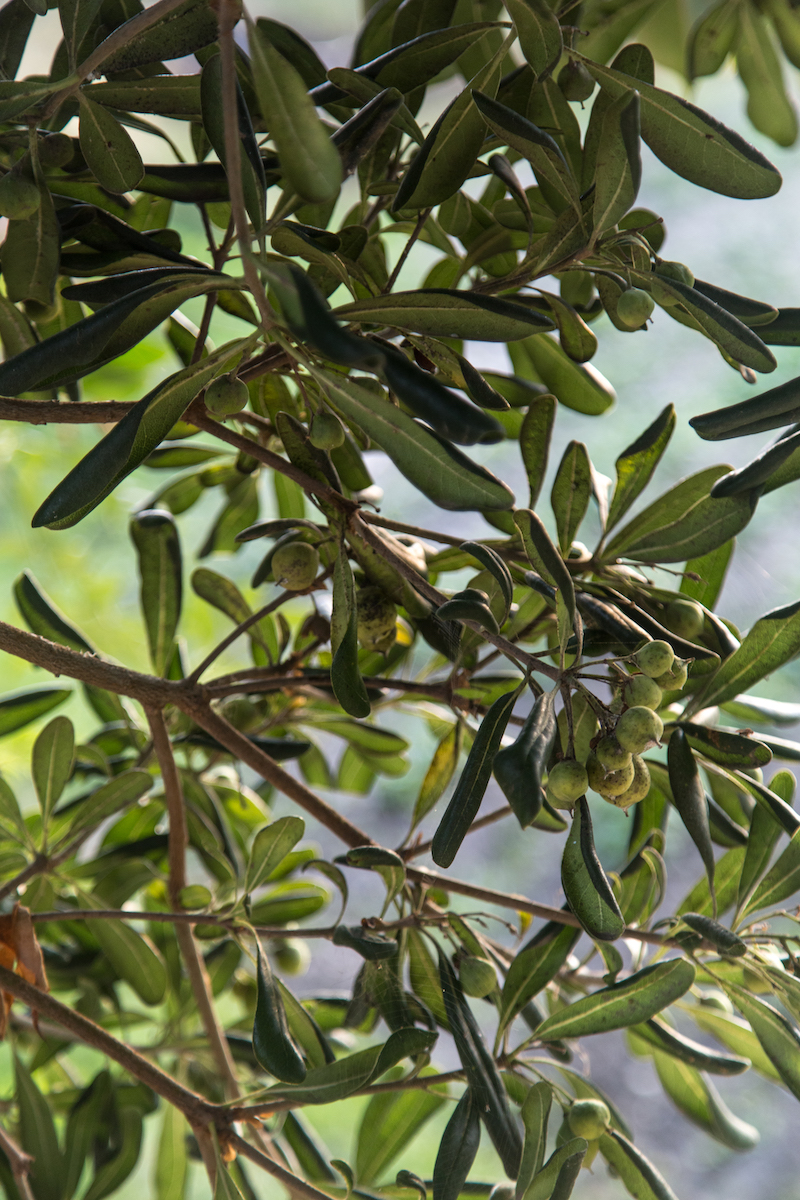
It took me back to one of my first trips to Greece with my dad 10 years ago when we went olive picking with a local family in Kardamyli. We visited two traditional olive mills and a modern olive mill, tasting the oil as fresh as it gets, directly from the spigot.
Our experience – and this can be different depending on a number of factors – was that the olives are knocked from ancient gnarled trees with long vibrating poles, falling to the ground on top of large nets. They’re gathered up and poured into what looks like a large sieve. As it is shaken, leaves and bits of branches are left on top of the wire grid and the olives fall through into large burlap sacks. The sacks are piled in trucks and taken to the mill.

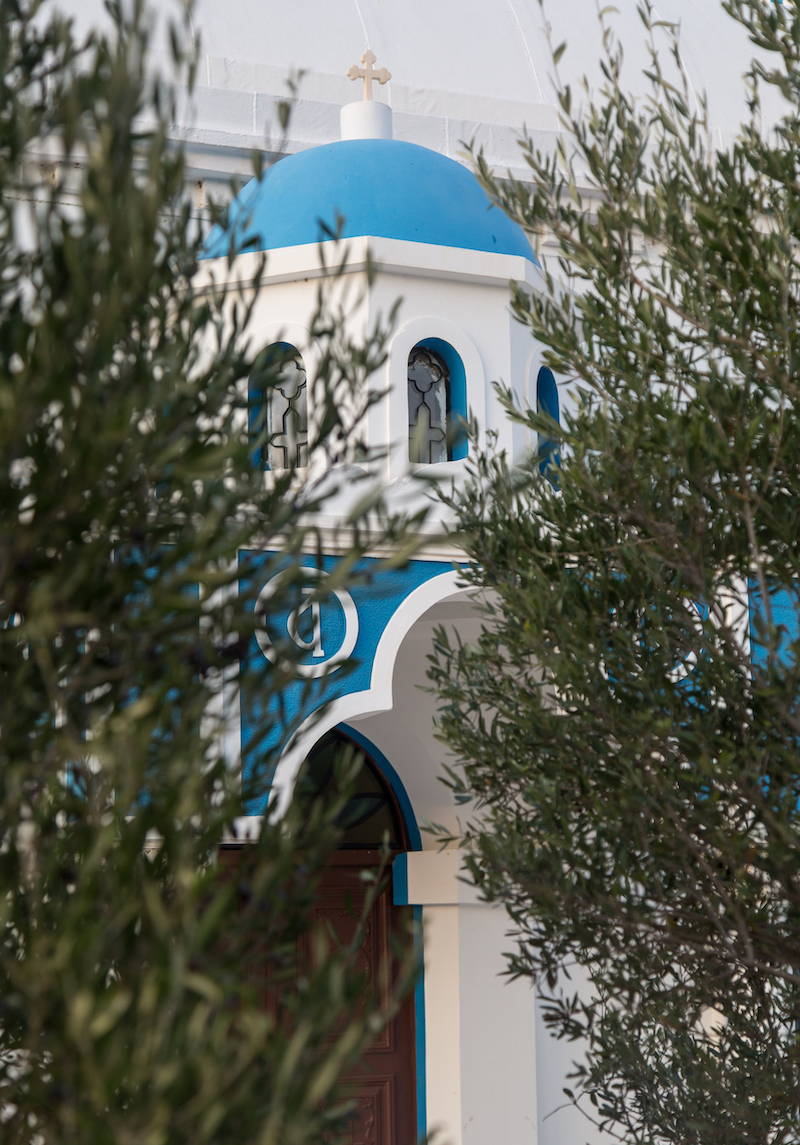
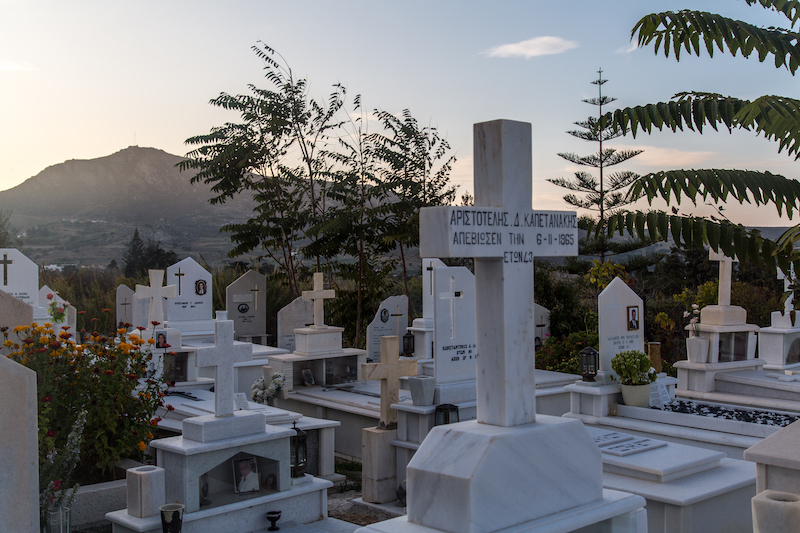
The newest technology is sleek and hands-off, the machine taking the olives in as oil flows out the other side.
In the working traditional mills we visited, we watched as the olives were weighed and cleaned, dumped into a large vat and crushed to a pulp with enormous concrete wheels (pits, skin and all). These are manned by donkeys or humans. The resulting moss-green sludge is placed between or into thick burlap mats that are stacked high on top of one another. The more weight added, the more olive oil naturally flows from the mats. They are then crushed down until all of the oil has been extracted. Large containers are filled and sent off to be bottled, labelled and sold or turned into other products like soaps.


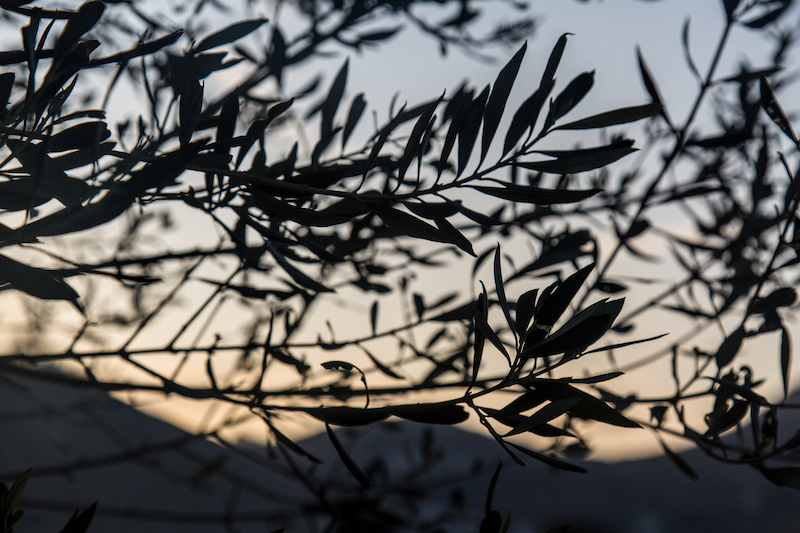
In Nikoletta’s Eggares Olive Press museum, there is a grinding stone and a press with burlap sacks so it’s easy to visualise the process. She is animated, welcoming, funny and incredibly kind and generous giving her visitors and experience to remember.
(Note – Unfortunately the olive press museum temporarily closed now due to Covid, but if you’re ever driving around the island of Naxos in the future, it’s well worth a visit and entry, guided tour and tastings are free.)



The museum sits beside the sleek white church of the Assumption of Virgin Mary with its large Cyclades-blue dome, a small cemetery, and of course a number of olive trees.
I took some time to wander through the cemetery in the quickly dimming light, looking at the photos and memories that adorned the graves, and taking in the plants, flowers and views of the Naxos countryside through the olive branches.

